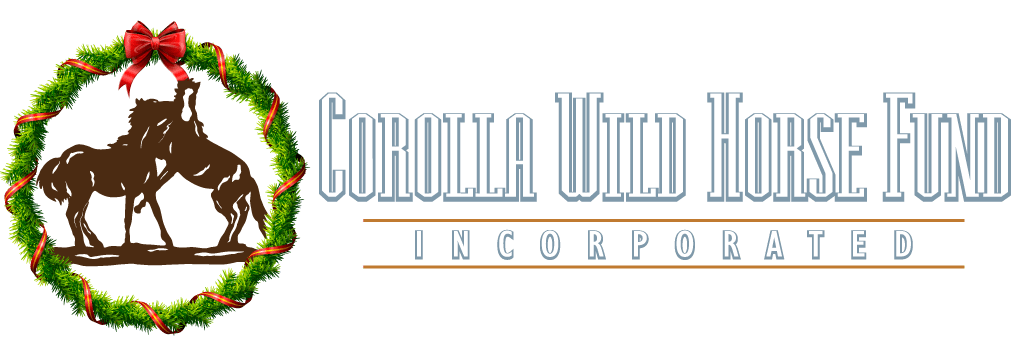Outer Banks wild horses get mass DNA testing to uncover true lineage
6/30/20
by Mark Price, The Charlotte Observer and found on phys.org – https://phys.org/news/2020-06-outer-banks-wild-horses-mass.html
The history of those wild horses roaming North Carolina’s Outer Banks has long been shrouded in mystery, with most historians believing they descend from mustangs brought by Spanish settlers 500 years ago.
An exact origin may never be proven, but an ambitious DNA project has been launched to nail down the true lineage of every horse roaming the Corolla area, which is about 100.
Herd manager Meg Puckett says the Corolla Wild Horse Fund intends to create family trees “charting all of the relationships among the wild horses … through many different generations.”
The data will also be used to help manage breeding, she said.
“The results do also give us information on breeds most highly represented in each horse, and eventually we would like to be able to learn more about both Spanish and other ancestry but that’s a bit down the road,” Puckett told McClatchy News.
“Right now, we’ve just thrown the net out. As we drag it in, we’ll learn more and more about what we’ve ‘caught.’ We are recording the percentage of Spanish, American and European blood in each horse. Spanish is highest in all of them, obviously,” she said.
The first 10 DNA samples from free roaming horses were collected last week and are currently being analyzed, she said.
The Corolla Wild Horse Fund is a nonprofit that protects the herd on Corolla, including a farm that takes in horses removed from the wild for health reasons. DNA samples have already been collected from horses living at the farm, Puckett said.
In some respects, the DNA project could introduce some drama into the herd. The wild horse hierarchy in Corolla includes stallions that travel with harems of females for breeding purposes. DNA could prove “hanky-panky” has been going on in the maritime forest when those stallions weren’t paying attention.
“Relationships have been tracked by CWHF for many years, based on observations,” Puckett said in a Facebook post.
“But stallions with foals aren’t always necessarily the father of that foal, and often there are other stallions in and out of the harem throughout the year. The DNA samples will allow us to determine without a doubt exactly what the family line looks like,” she wrote.
If all goes as planned, the study will include photos of each horse tested and a final report on findings, Puckett said.



